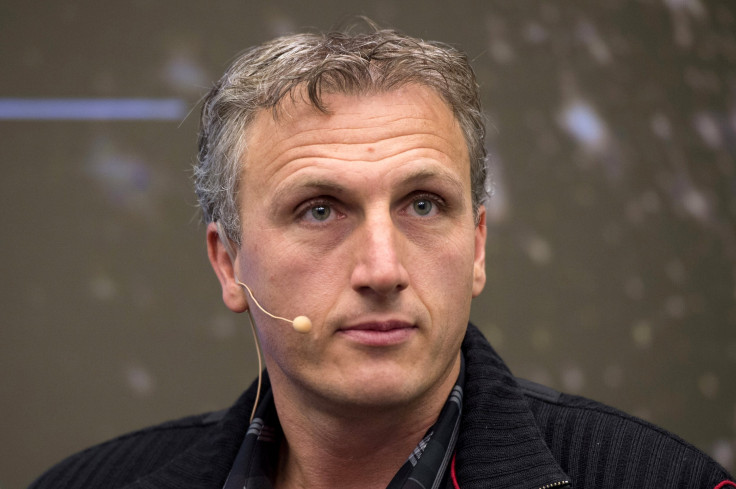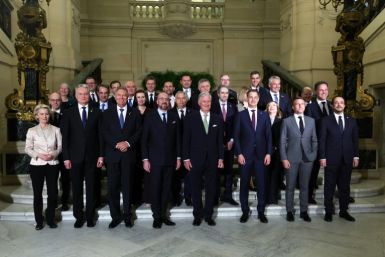Tesla Model 3 and SolarCity update: Shares tumble, costs rise and competitors encroach; Automaker could be in a spot of bother

Lyndon Rive, CEO and co-founder of SolarCity, is leaving Tesla in June, not even completing a year after his firm was acquired by cousin Elon Musk. Lyndon wants to spend time with his family and also start a new company.
He took over service and sales responsibilities of Tesla’s energy division after SolarCity was merged. SolarCity was an independent company started and run by Rive and his brother Peter Rive. The company was formed in 2006 with the help of Musk. Tesla acquired it in 2016 for US$2.6 billion (AU$3.51 billion approximately). Tesla is now busy integrating the company and will launch a solar roof offering that will be built at a factory SolarCity has been building in upstate New York.
Lyndon has undoubtedly placed Tesla at a spot from where the future looks bright. Peter will remain with the company focusing on solar roof. Lyndon’s duties will distributed among company executives. Tesla recently fell 2.8 percent to US$315.88 (AU$426.12 approx) after it was downgraded from one of its biggest bulls. The news of Lyndon’s exit has been confirmed by MarketWatch.
“My skill set and what I love doing is starting and running companies. I can hand off the baton to somebody else and give myself the opportunity to do something else that could also have another impact,” Lyndon told Reuters.
As already mentioned, Tesla recently lost a buy rating from one of its long time bulls. Morgan Stanley analyst Adam Jonas has boosted his projection for the amount of cash Tesla will burn through as competition becomes stronger and other businesses encroach on Tesla’s business. Jonas envisions operating losses continuing through 2018. He estimates that the automaker will use US$3.1 billion (AU$4.2 billion) in 2017, compared to an earlier estimate of US$2.3 billion. Tesla has dropped as much as 3.8 percent after jumping 52 percent this year through to Friday.
Larger and well-capitalised competitors will soon be unveiling their strategies that will “directly address sustainable transport and mobility.” Ford and General Motors remain Tesla’s immediate competitors. Apple is said to be joining the bandwagon soon. Tesla could be raising more capital for a successful launch of the Model 3 electric sedan. The company would also need money for its solar, battery and other investments. Since the launch of the test program in March, five different Tesla Model 3 production prototypes have been spotted.
The last one to be spotted is a silver release candidate at Tesla’s headquarters in Palo Alto. The automaker has confirmed that the Model 3 production is on track, and it will be able to pull off 5,000 units per week by the end of this year. This will likely go up to 10,000 units per week in 2018, writes Electrek.






